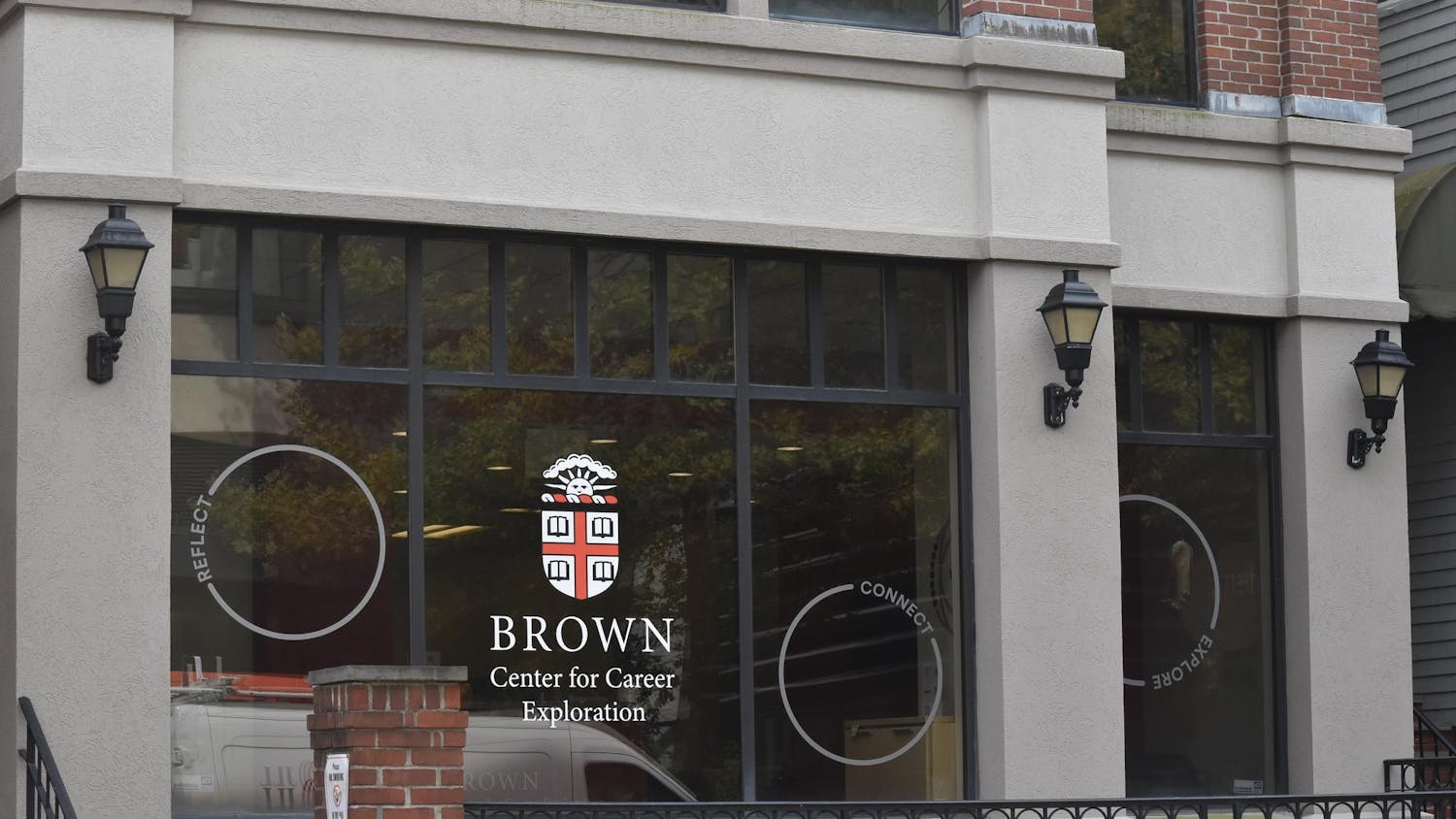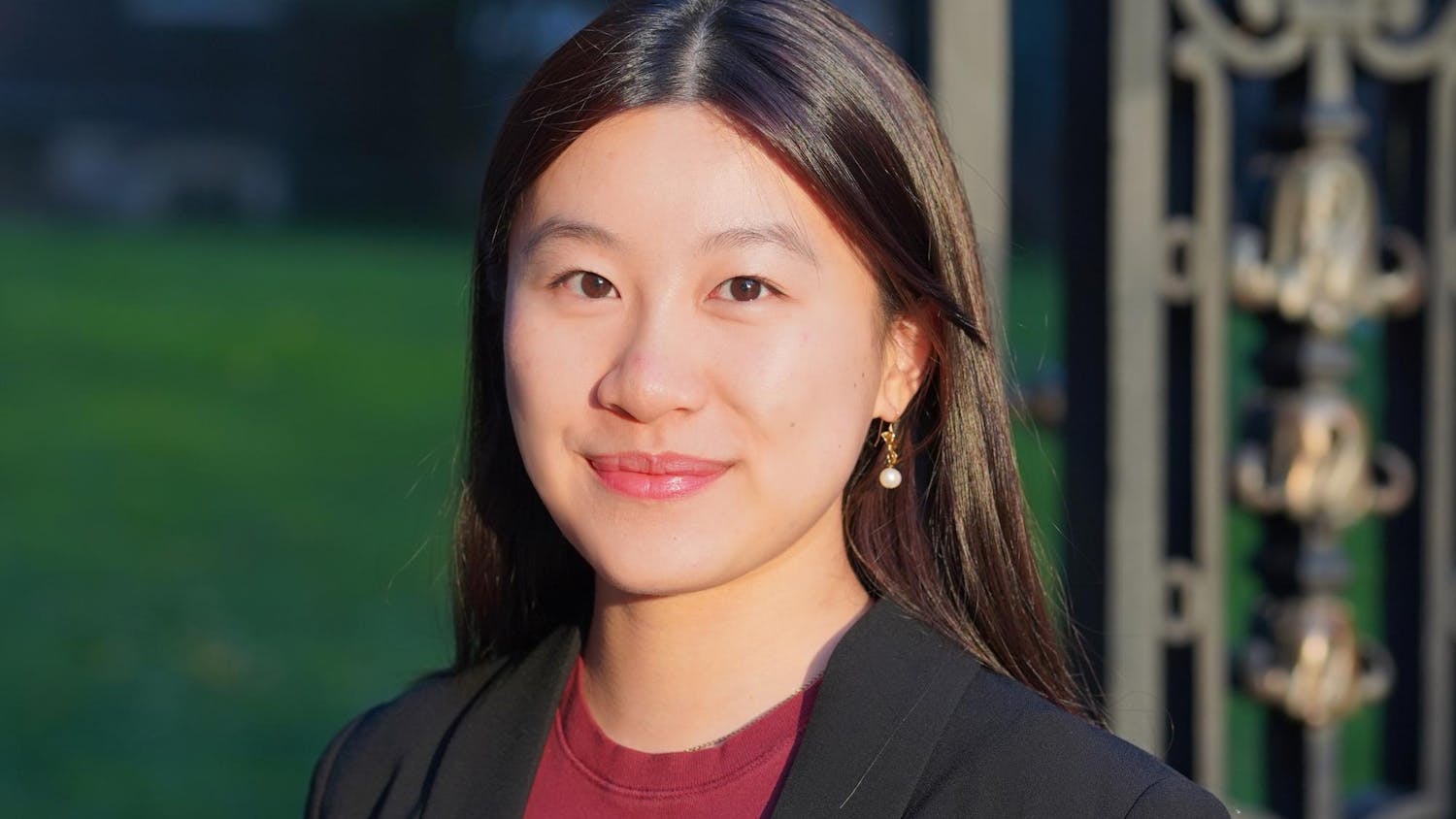The Undergraduate Council of Students and the Undergraduate Finance Board have unveiled BearSync, a new online platform for student groups to replace the previous software, MyGroups. UCS and UFB worked in tandem with the Student Activities Office, led by Timothy Shiner, director of the Stephen Robert ’62 Campus Center and student activities.
After UCS and UFB learned MyGroups was not being widely used, council members approached Shiner about implementing a new system that would better serve the needs of both the student body and University administration, said E-Soo Kim ’15, chair of the UCS Student Activities Committee. MyGroups was only being used for administrative financial purposes, said Alex Sherry ’15, chair of UFB. Over the past semester, Shiner, Kim and Sherry held weekly meetings to plan the implementation of BearSync.
BearSync differs from MyGroups in that it is “driven by user experience,” Sherry said. With a newsfeed, profiles for students and pages for individual groups, the site is similar to the social media sites many students use, Shiner said. Many students view the site as a stark contrast to MyGroups, he said, adding, “We were told that (MyGroups) looked like old 1990s websites.”
In addition to its cleaner interface, BearSync consolidates many functions into one program, Shiner said. Organizations can use BearSync to complete online funding forms and record budgetary spending, Sherry said. Student group leaders can also organize event registration, text members and maintain a profile, Kim said. “It’s kind of like a Facebook for student groups,” she added.
The software will be especially helpful to those new to the University’s vast network of student organizations, Shiner said. BearSync has improved search capabilities, enabling students to search for general topics and receive results based on keywords, he added. The more modern interface makes it easier for students to browse organizations’ constitutions, photos and rosters to get a more thorough understanding of different groups’ missions, Shiner said.
Though student group leaders will need to adopt the platform to complete online processes such as funding applications and event registration, one of the largest hurdles in the University’s software shift will be expanding its appeal to individual students, Kim said. With this in mind, the website was structured to be easily accessible — students can use their Brown login to automatically access their BearSync profiles.
Efforts to attract both organizations and individual students to the system have already been planned, Kim said. The team has organized an event called “Six Weeks of BearSync” that begins next week, she added. Each week, students and organizations that update their BearSync profiles or explore the software’s processes will be rewarded with prizes, such as dinner for a club’s executive board. The team has also scheduled software training sessions over the next two weeks, the first of which will be held Jan. 2m.
So far, the software has been well-received by student organizations that assisted in software trials, Kim said.




